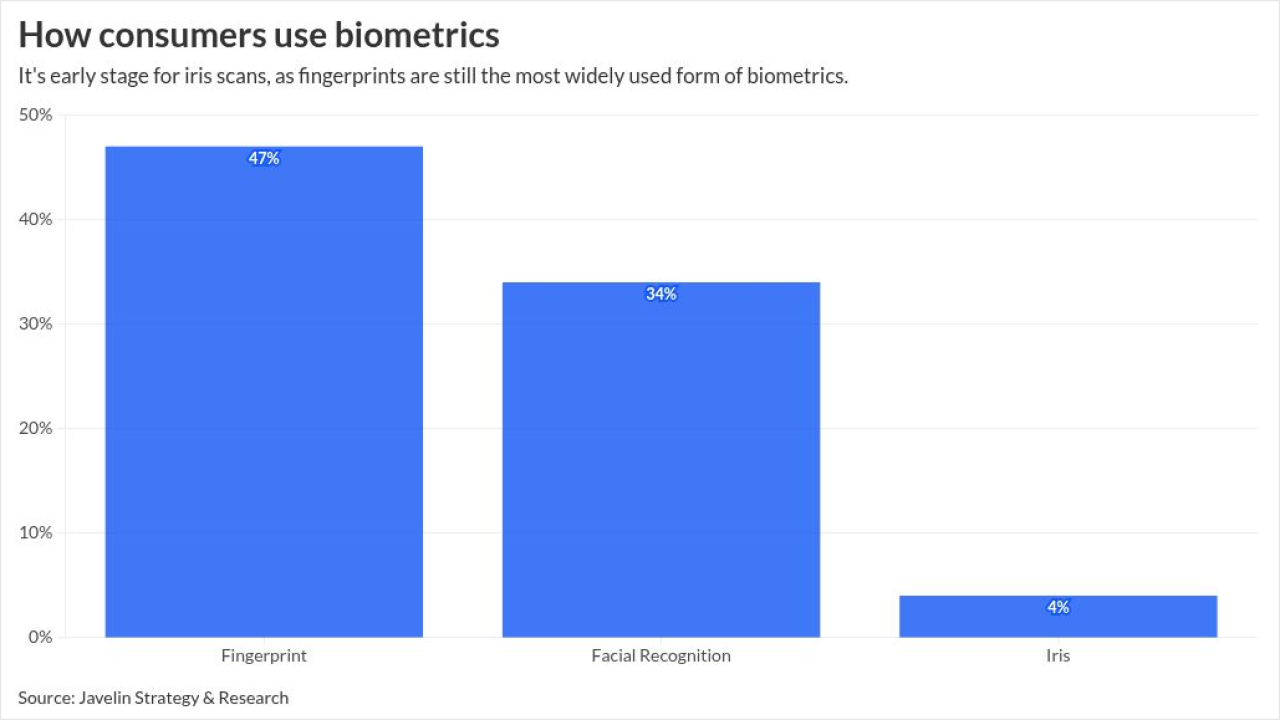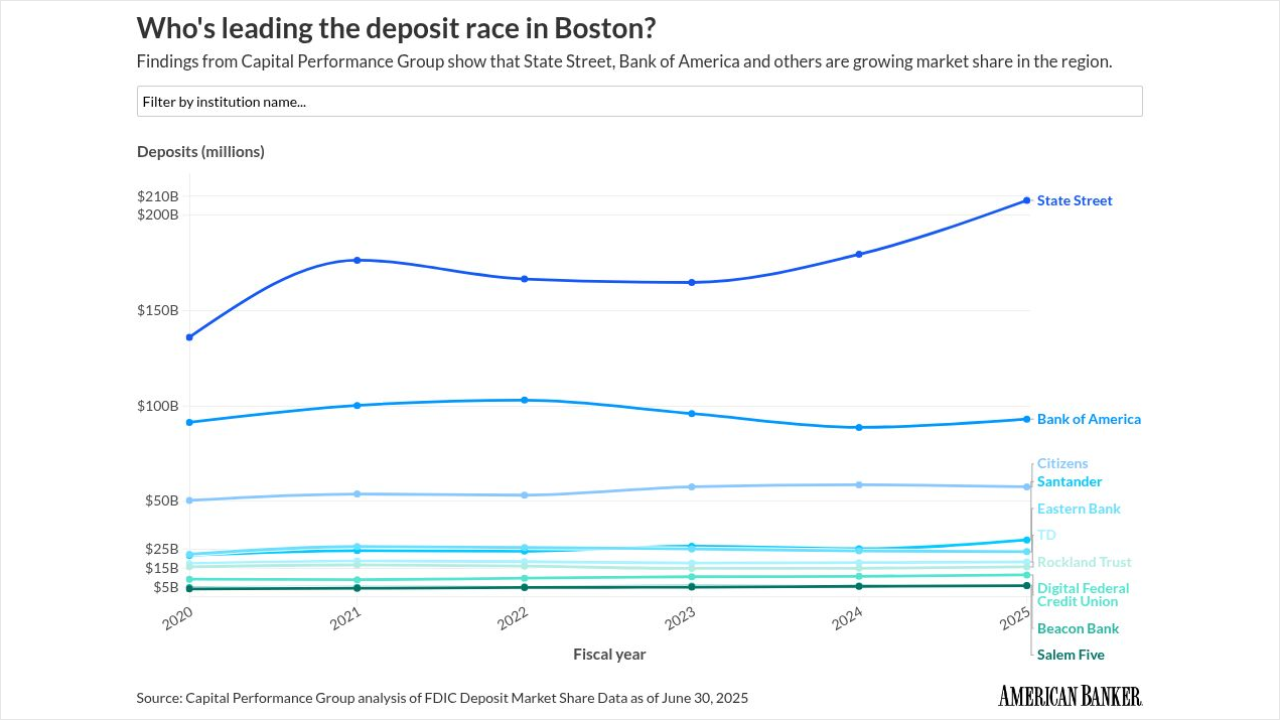WASHINGTON — The Federal Deposit Insurance Corp.'s process for determining the impact of new rules has been inconsistent, opaque, and has failed to assess the cost of regulation after it was finalized, according to a report from the agency's Office of Inspector General released Wednesday.
“The FDIC had not established and documented a process to determine when and how to perform cost benefit analyses,” the report said. “Without thorough cost benefit analyses, the FDIC could implement or continue to enforce poorly conceived or overly burdensome rules.”
In December, ahead of the inspector general’s report, the FDIC

The FDIC’s inspector general developed several recommendations, including that the agency establish a consistent process for when and how to do a cost-benefit analysis in the course of rulemaking.
The FDIC agreed to comply with most of the inspector general’s recommendations in full. In a statement from December on cost-benefit analysis, Chairman Jelena McWilliams said that a "transparent analysis of the effects of regulatory actions is an important part of credible rulemaking. It supports good policy decisions and the meaningful involvement and trust of the public in the rulemaking process.”
McWilliams was sworn in as chairman in June 2018, about a year and a half into the inspector general's two-year investigation.
The agency pushed back on some of the inspector general’s conclusions, saying that some of its recommendations on best practices “were not from official sources,” according to the report. The FDIC also disputed the inspector general’s definition of cost-benefit analysis in some cases, arguing that the report underplayed some analysis the agency had performed.
According to the inspector general, only 15 of 40 final rules published by the FDIC between January 2016 and December 2018 included cost-benefit analysis, and only four — or 10% — featured what the report described as “in-depth” cost-benefit analysis.
The inspector general also said that the FDIC’s “depth of analysis for a particular rule did not always align with the rule’s substance” and that the office “found substantive rules without corresponding cost benefit analyses, and less substantive rules with cost benefit analyses.”
Moreover, the FDIC was “not transparent” with the public whenever the agency chose not to include cost-benefit analysis for a given rule.
“Although FDIC senior management stated that it always considered the costs and benefits of each rule, this consideration did not always result in a published cost benefit analysis or a discussion of how the FDIC viewed the rule’s costs and benefits,” the inspector general said.
According to the report, one significant change that received no cost-benefit analysis was the FDIC’s decision to
Although “financial institution eligibility doubled and then tripled in a time span of less than 2 years,” the report said, the FDIC failed to perform cost-benefit analysis of the change before or after the rule was finalized.
The inspector general also faulted the FDIC for bringing its in-house economists into the rulemaking process late, finding that agency officials would only bring economists into the room after an initial policy direction had already been decided.
“Ultimately, the FDIC may have missed opportunities for the [regulatory] economists to enhance its initial policy determinations,” the report said. “Early involvement of economists could yield greater confidence in the FDIC’s rulemaking process by producing rules that are structured to impose the least burden on society, consistent with obtaining the regulatory objectives.”
The FDIC was also hit for not requiring its chief economist to review cost-benefit analyses before publication to ensure “accurate, sufficient, logical, unbiased” and data-based conclusions, though the inspector general noted that the analyses were reviewed by several other groups within the agency, including its board of directors.
The inspector general’s final recommendation revolved around a cost-benefit blind spot for the FDIC: the impact and effectiveness of rules after being finalized. According to the report, the agency had “not implemented a regulatory risk assessment process to proactively identify rules with outdated, duplicative, or overly burdensome requirements,” though the FDIC is not required to do so.
The FDIC pushed back on that recommendation, however, telling the inspector general that it would consider “whether the current status quo should be maintained” in how it approaches cost-benefit analysis for finalized rules.
“Senior management officials did not believe that they needed to perform this type of review, because they felt that they already adequately understood their rules’ regulatory effectiveness,” the report said.
But the inspector general warned the FDIC that it would not consider the issue “resolved” until the agency committed to regular reviews of rules at “higher risk of being outdated, duplicative, or unduly burdensome,” at a minimum.





